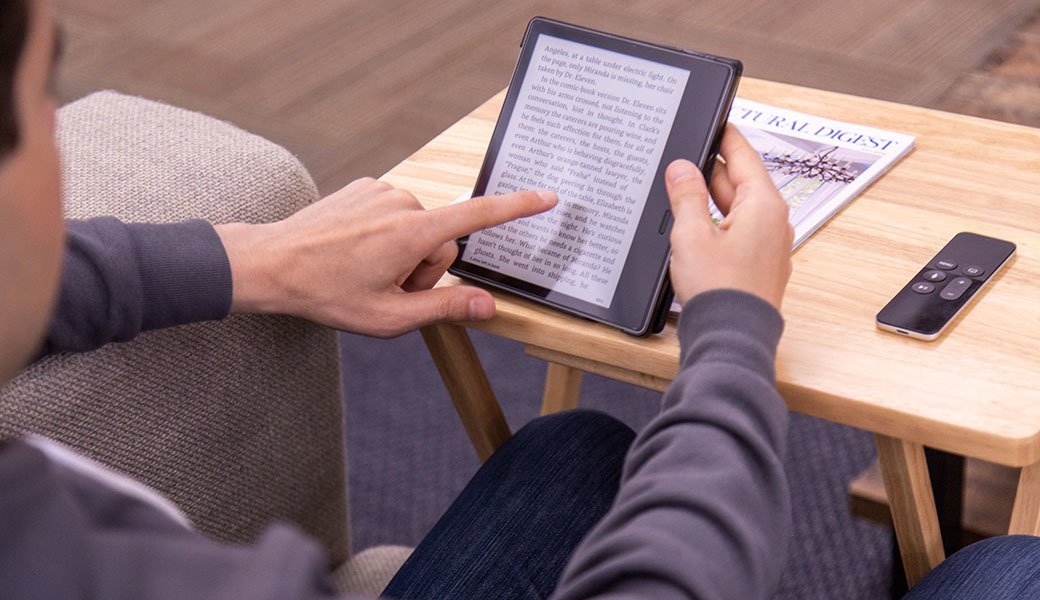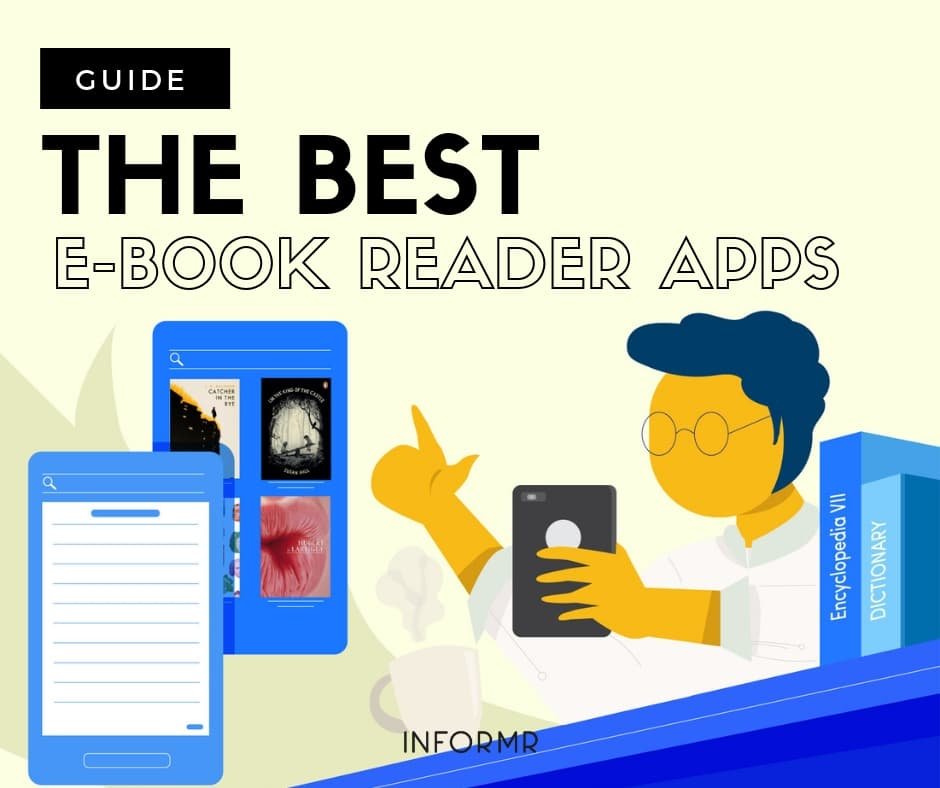

Memory SizeĪn e-reader should have enough storage to capably house a library. Since many people take their e-reader to the beach or pool, button navigation is helpful because touch screens often won’t respond to damp fingers. Most e-readers offer a touch-screen interface, but some models also offer manual button controls. Research suggests that the cool, blue light that electronic devices emit can affect sleep, so some readers can switch to a warmer, yellow-tinted light for reading at bedtime. Most e-readers allow users to adjust the screen brightness, and the color temperature also can be changed on most models. Letters pixelate on a 167-ppi display, but they’re much sharper at 300-ppi resolution.Ī backlight makes the device easier to read in direct sunlight or darkness.

Larger screens allow the user to adjust the font to a larger size.Į-readers generally come in two resolutions: 167 pixels per inch (ppi) and 300 ppi. A few models offer screens as large as 8 inches. The standard size is 6 inches, but 7-inch screens are also common. Screen sizes vary among different types of e-readers.

Smaller e-readers weigh about 6 ounces, while larger models are closer to 7 ounces.

At about 0.3 inches thick (without a case), e-readers are thin. Larger models are approximately 6 inches to 7 inches wide. Small e-readers measure about 4.5 inches wide and a little over 6 inches tall, about the same size as a paperback book. Size and WeightĮ-readers are small and lightweight, so they can be read while standing at a bus stop or curled up in a living room chair. When shopping for an e-reader, consider a number of factors, including its size, weight, interface, memory capacity, battery life, and more. Photo: What to Consider When Choosing the Best E-Reader


 0 kommentar(er)
0 kommentar(er)
